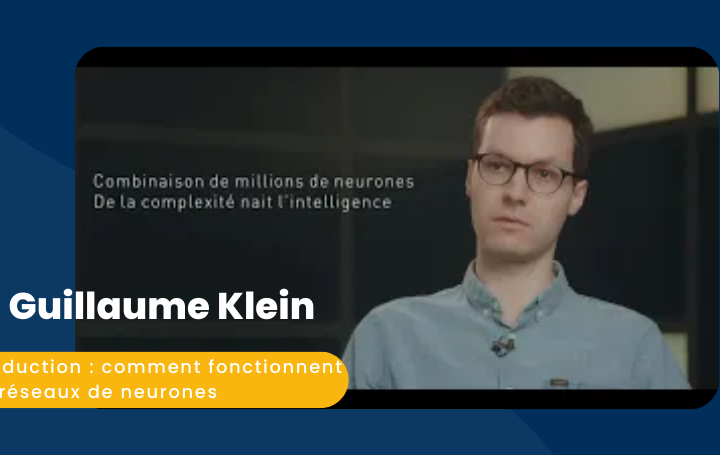Legal teams typically process and research a large number of documents to build a case or prepare contracts. Law firms offering international services have to deal with foreign language documents on a daily basis. Legal teams have recently begun relying on machine translation (MT) technologies to improve efficiency. However, using machine translation for legal documents introduces new complications and risks. Can you really trust a machine to handle sensitive legal workloads? This blog post explores the opportunities, challenges, and approaches to machine translation for legal documents.
The opportunities for machine translation in law
Globalization offers limitless opportunities for law firms to attract customers from across the border and expand into new markets. International collaboration has become essential for legal teams in the finance, trade, infrastructure, and property sectors. While foreign customers bring new revenue, they also bring with them hundreds of foreign language documents like court transcripts, policies, contracts, licenses, and confidentiality agreements. Using MT to translate such legal documents brings the following benefits.
Speed up eDiscovery
eDiscovery is the process of searching through electronically stored information (ESI) to find legal evidence. eDiscovery tools help lawyers search for specific keywords to automatically identify relevant case studies, research papers, and documents. Legal machine translation services can quickly expand your eDiscovery database with appropriately translated foreign language documents. They can also help you identify relevant phrases in a foreign language. For example, the word contract in English can translate into several terms like contrat, accord, convention, engagement, pacte, entente, traité, bail, acte, stipulation in French. MT can help you find and choose the correct foreign terms and phrases to look for.
Increase efficiency
Legal work is time-consuming because of the nature of the tasks. For example, preparing a business contract requires preparing a contract draft, draft approval from the client, certification from local government bodies, review by the other party, incorporating changes, and further approvals before it can finally be signed. The constant back-and-forth communication takes time in general. Adding a human translator to the mix can further slow down the process. You may require a translator at every stage of the communication as you liaise with different parties. Waiting on the translator’s response for everything can become very inefficient! Instead, an MT solution for legal would give you immediate responses within seconds. It can also reduce time significantly at the start of a new project when the maximum number of foreign language documents require translation.
Reduce costs
With machine translation, cost savings can add up in a big way. Depending on document length and complexity, a human translator may charge you $200-$300 per document. MT software can do it for you in less than a dollar! You may still require a translator to review the translation, but the review cost would be much less than a complete translation. You can save hundreds of thousands of dollars for projects with many foreign language documents that you have to digitize.
The challenges of using machine translation in law
The legal industry has always been slow to adopt new technology. One of the main reasons is that technology changes rapidly, but regulations are slow to catch up. Even though MT has been around for decades, the regulations around the use of MT in law are limited and vary across countries. This brings several challenges.
Acceptability
Is the machine-translated legal document acceptable in a court of law? In some countries, that may not be the case. For example, in the United States, courts ask for certified translations of documents that may be used to make important court decisions. Only humans can certify translations.
Future risk
Is the risk of an inaccurate translation too high? For instance, in case of any future disputes, you don’t want the opposing party to exploit some legal loophole due to a minor translation inaccuracy.
Data confidentiality
Does the legal document contain confidential data? Every time you use MT services, you could hand over the document data to an external third party. You will have to think about data security and confidentiality obligations before choosing machine translation solution.
The best approach to machine translation for legal documents
So can you use machine translation for legal work, or should you avoid it? The answer is – “It depends.” It is best to ask yourself three questions:
- What are you translating?
- Why are you translating?
- Which MT service are you using for legal translation?
The answers to these questions can help you decide if you can use MT only or a hybrid approach, with MT doing most of the work and a human reviewing it.
MT only approach
You can confidently use a high-quality machine translation service when the legal document is:
- Routine and follows a standardized format (such as standard NDA, MoU, or code of conduct).
- Internal use only and does not require legal validity or compliance with regulatory requirements.
- Straightforward and does not contain creative expressions or cultural nuances.
- Required for summarizing information only.
You can take the MT-only approach for use cases with a high error tolerance and where you want to summarize actionable information without worrying about the details.
Hybrid aproach for legal translations
This is the best approach for specialized documents with sensitive use cases and long-term legal implications. You can still use a high-quality machine translation service to complete the translation’s first draft. After that, a human translator can review and certify the document. Machine translation post-edition can be as simple as a quick read-through with light touch changes. Only very complex and sensitive document translations require detailed editing.
How to choose an MT service for legal documents?
Given the complexity of legal use cases, we recommend using a machine translation service with the following capabilities.
Specialized legal training
An MT service is only as powerful as the neural networks inside. Neural networks are the technology that “learn” different languages and translate sentences based on their understanding of syntax, grammar rules, and vocabulary. Therefore, you want to choose an MT service that has been trained in legal terminology in both the source and target language. Otherwise, you will end up with inaccurate translations. For example, the French phrase “une erreur flagrante dans le précédent.” was translated by Google Translate as “a glaring error in the previous one.” However, in English law terminology, it should translate to “an egregious error in the precedent.”
Data security
Your MT service should be able to meet all your data security and confidentiality requirements. It should give you control over where your data and translations are stored and who can access them. Choose an MT service provider popular with government organizations and that caters to their complex regulatory requirements. They will have the capabilities required to meet all legal data security needs.
Conclusion
Legal industry translation requirements are complex and must navigate changing laws and regulations. However, law teams need not miss out on machine translation’s cost savings, speed, and efficiency. They can translate low-risk legal documents directly with a high-quality MT service. In high-risk cases, machine translation can still be used for the bulk of the work, and a human translator can review complex documents.
The most crucial factor is to use an MT service trained in legal jargon that meets strict data security requirements!






